Trastevere in Rome is arguably the city’s most achingly charming neighborhood, a place to wander the curved streets that make up a labyrinth of medieval lanes. The streets are flanked by atmospheric bars, cafes, and restaurants. It’s not all culinary mirth and merriment in Rome’s Trastevere, though. There are some super-star historic sites to see here too. One of the city’s oldest churches, for example. The best and most underrated Bernini sculpture. An early-Renaissance architectural masterpiece. Need we say more?
We’ll be taking you on a guided tour through Trastevere and its top sites, but first a brief history of this gorgeous Roman neighborhood.
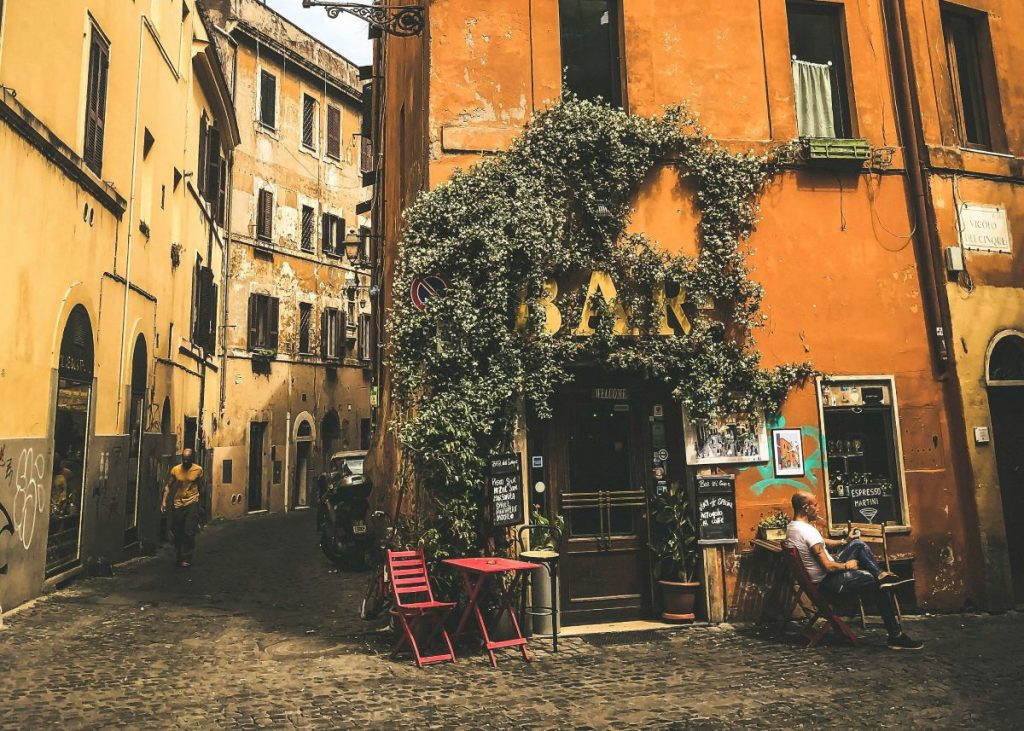
Discovering Trastevere in Rome
Trastevere got its start about 2,700 years ago when Etruscans settled here. Then during the Roman Republic the area was a mainstay for immigrants, mostly Syrians and Jews. It wasn’t until the time of Emperor Augustus, that Trastevere was finally and officially brought into the fold of the city of Rome.
Due to the neighborhood’s relative isolation and that it was on the other side of the Tiber River, the neighborhood evolved differently. This, plus the relatively large amount of ethnic diversity, all the way through the Middle Ages, meant that the people of Trastevere, the Trasteverini, had their own identity. Not unlike, say, the way the residents of pre-hipster Brooklyn felt.
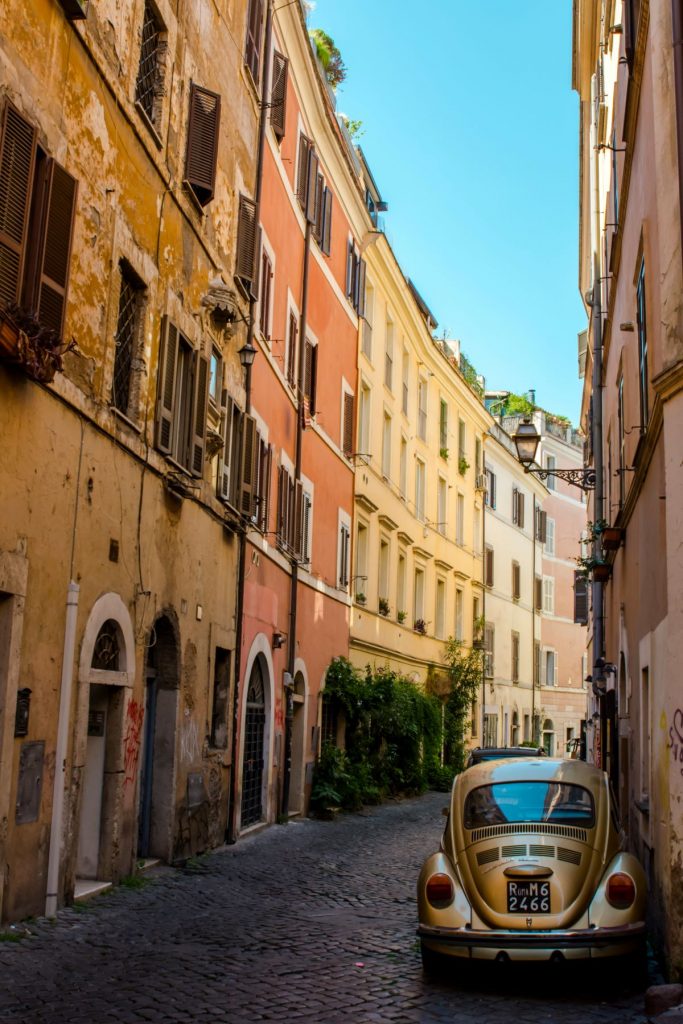
In the second half of the 20th century, the neighborhood attracted a legion of artists. Today, it’s a hotbed of international student life, as in or near Trastevere are the campuses of John Cabot University, the American Academy in Rome, Thomas More College of Liberal Arts, Pratt Institute School of Architecture, and The American University in Rome.
In addition to going to Trastevere to get lost in the tangle of ambient, narrow, winding streets, here are some historical sights you don’t want to miss.
A Stroll Through Trastevere’s Top Sights
Basilica of Santa Cecilia
Cecilia was an aristocratic girl who went Christian before it was cool with Roman authorities. In the year 230, an executioner gave three sword blows to her neck in an attempt to behead her, but nothing worked. She died three days later. Fast-forward to the year 1595 when Cecilia’s tomb was opened and her body was found incorrupt.
This quaint church commemorates Saint Cecilia, the patron saint of music. Keep an eye out for Stefano Maderno’s sculpture of Cecilia, in the form of how she looked when her tomb was unearthed in the late 16th century.
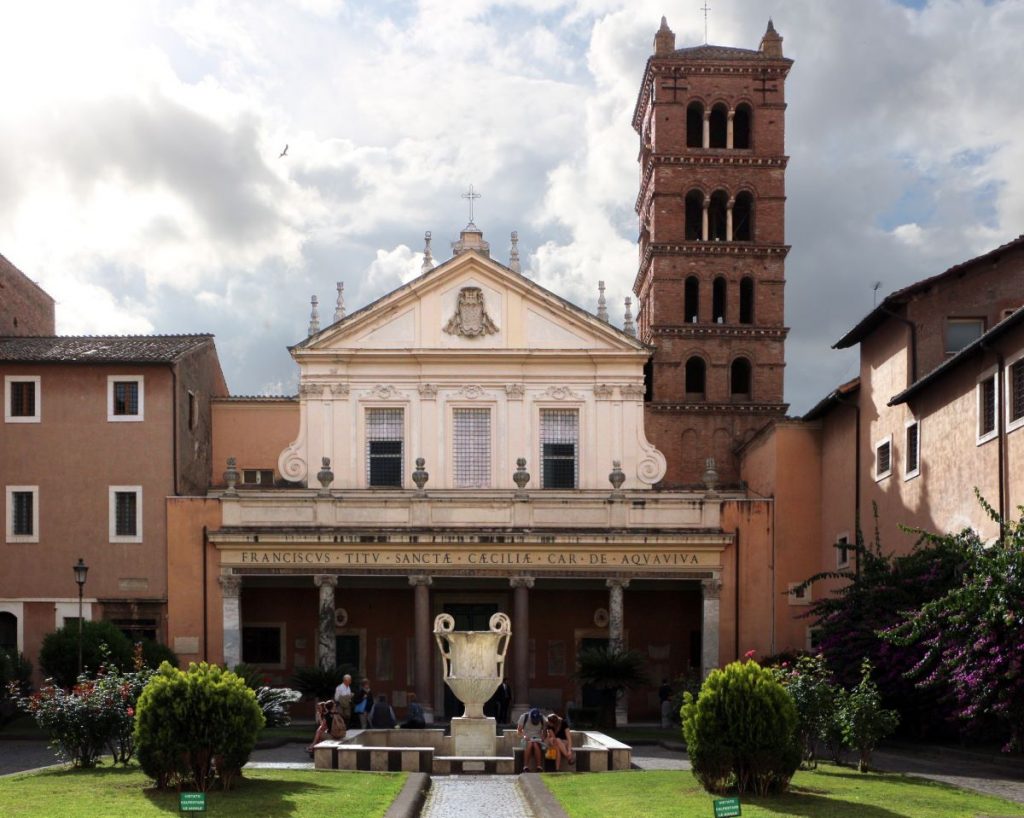
Basilica of Santa Maria
The first church in Rome dedicated to the Virgin Mary, Santa Maria in Trastevere dates back to the year 340, making it one of the oldest churches in Rome—even though most of what you’re looking at is from the 12th century and on. The interior is majestic. The first thing you might notice are the 22 tall granite ionic and Corinthian columns that separate the nave from the aisles. The material was poached from the Baths of Caracalla. The decorative ceiling shows a dramatic depiction of the Assumption of Mary.
Traveler’s tip: If you need a break from the city’s ancient glory, why not check out some of Rome’s contemporary art museums?
For relics fans, the church is the home of the Holy Sponge, which was reportedly used to offer Christ some hydration during the Crucifixion. For what it’s worth, there is also a brown sponge venerated at across-town basilica, Santa Maria Maggiore that is also supposed to be the true Holy Sponge.
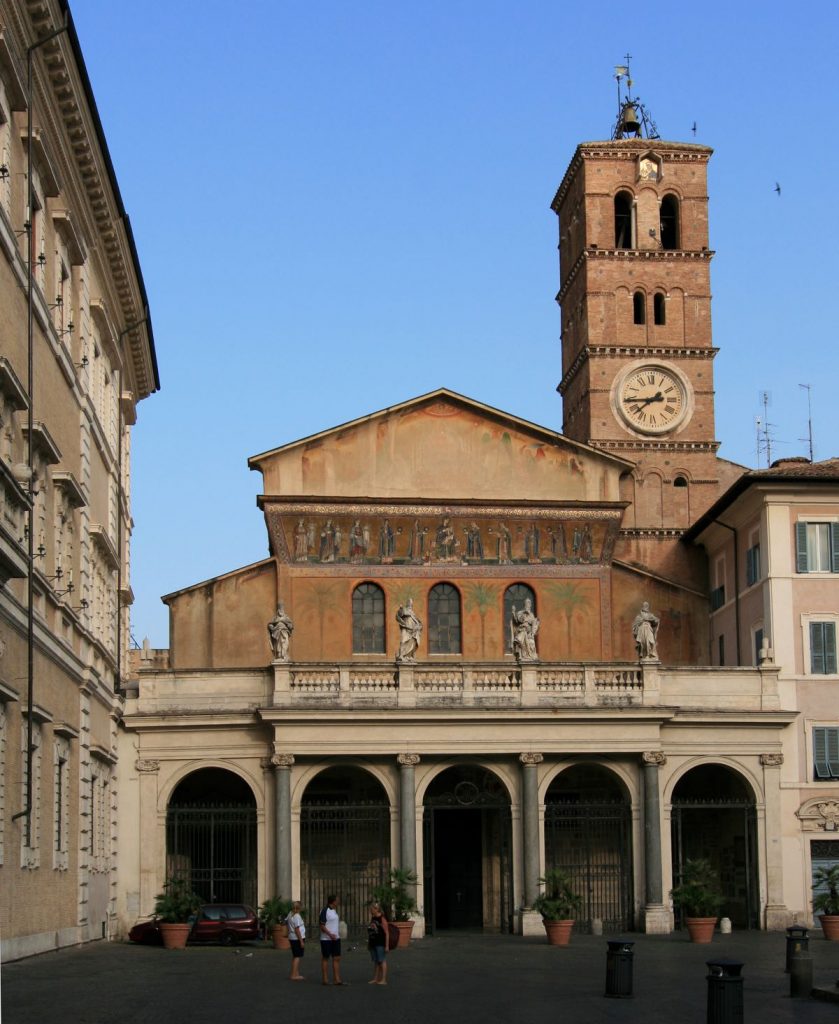
Church of San Francesco a Ripa
There’s one main reason to visit the Church of San Francesco a Ripa: the stunning and dramatic sculpture by Bernini, “Baeta Ludovica Albertoni.” Bernini’s cross-town sculpture, “The Ecstasy of Saint Therese” may get the lion’s share of attention, but count yourself fortunate if you get to see the statue of Ludovica Albertoni who looks like she’s in such a state of rapture it could make some parishioners blush.
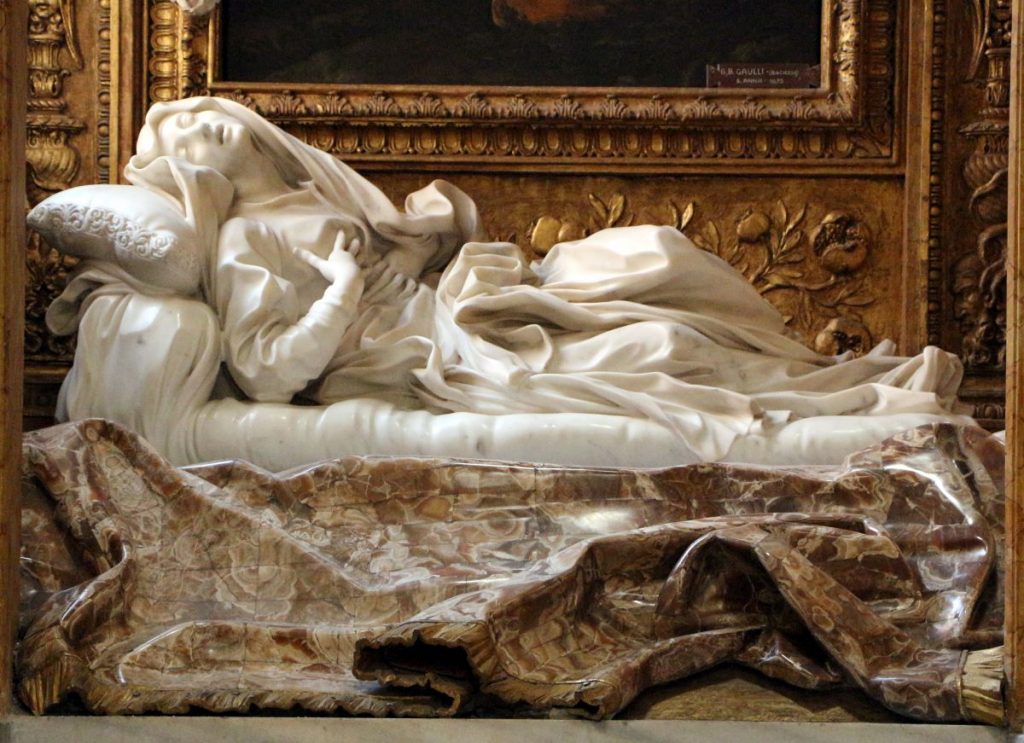
Gianicolo Hill
Often called the eighth hill of Rome, the verdant Gianicolo Hill is covered in umbrella pines, that iconic tree one sees all over Rome and its surroundings. Written “Janiculum” sometimes in English, this hilltop park is a great way to flee from the chaos that is the Italian capital. There aren’t many sites to tick off a list here, but do make a point to stop by the grand Fontana dell’Acqua Paola, a 17th-century fountain created to celebrate the reopening of a Roman-era aqueduct.
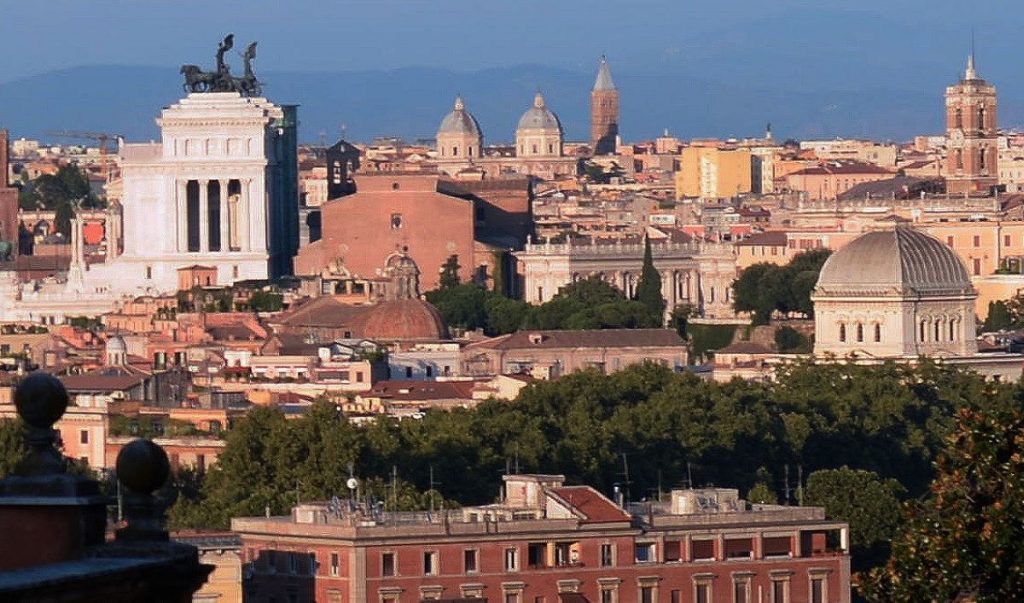
Isola Tiberina
This island in the middle of the Tiber River was once entirely clad in marble. The Romans recognized Isola Tiberina as the shape of a ship so they clad the ground of the island with marble and some then added giant obelisks to look like masts of a ship, hoping to evoke the boat of Aesculapius, the great Greek god of healing. The reference is still in function today, as Isola Tiberina is home to a small hospital as well as a pharmacy. You can access the island by strolling across the Ponte Fabricio, Rome’s oldest still-functioning bridge, built in 62 B.C.E.
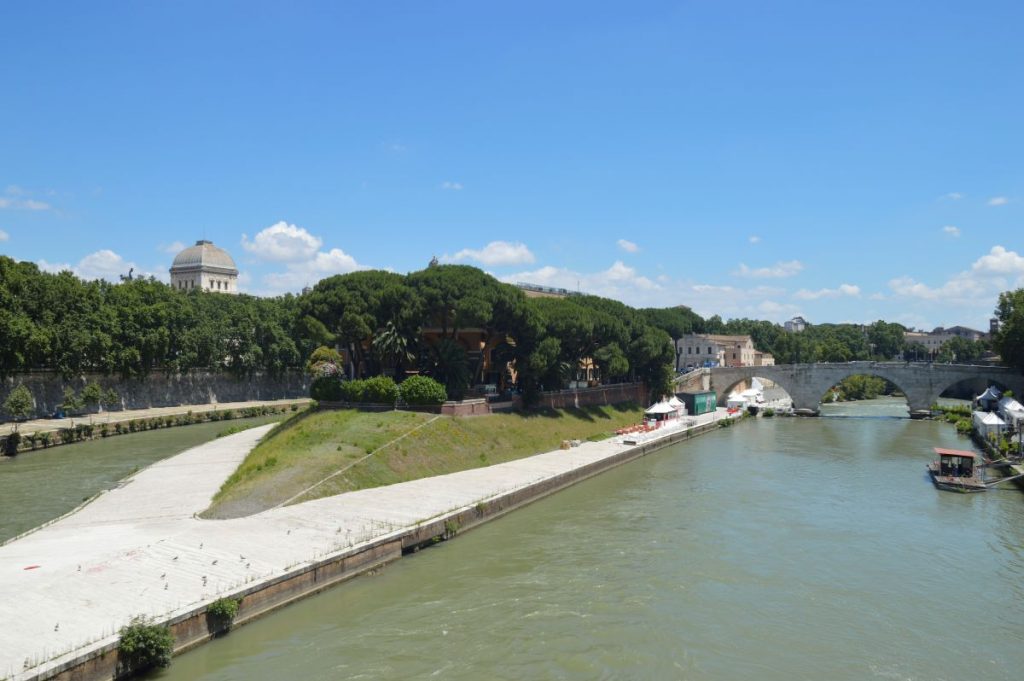
Traveler’s tip: If you’d like to learn more about Rome’s most fascinating sites, take a look at some of our best Rome Waking Tours. From touring the Sistine Chapel alone to a fabulous day-trip to the Amalfi Coast, we’ve got you covered.
On the way up (or way down) Gianicolo, be sure to get a peek at the Tempietto, an early-Renaissance architectural wonder. The Tempietto is located within San Pietro in Montorio, a church on the eastern slope of Gianicolo on the spot supposedly where Saint Peter was crucified. Designed by Donato Bramante in the 15th century, the Tempietto became a highly influential piece of architecture, an early indication that the architecture and art of antiquity was worth taking a new look at, rejecting the world of Gothic aesthetics.
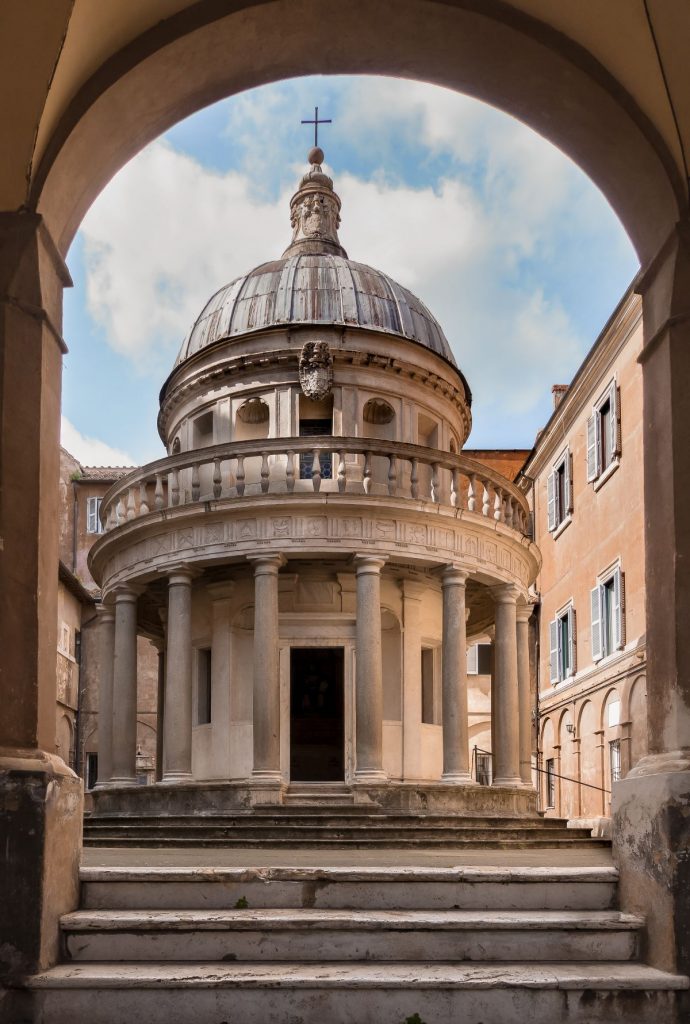
Villa Farnesina
Built at the beginning of the 16th century, primetime for Renaissance art, the Villa Farnesina is a physical testament to the financial extravagance of this period of Italian history. The man behind the structure is Agostino Chigi, a wealthy banker from Sienna. The villa makes for an intriguing stroll. But the main reason people visit is because of the frescos in the loggia painted by Raphael.
Chigi was famous for entertaining princes, popes, and potentates at this riverside villa. He’d throw decadent dinner parties and then, at the end, he’d order the servants to dramatically toss all the expensive cutlery and dinnerware into the Tiber River, as guests watched, mouths agape. What guests didn’t know is that nets under the water would catch the objects, allowing Chigi to repeat this show of faux nonchalance again and again.
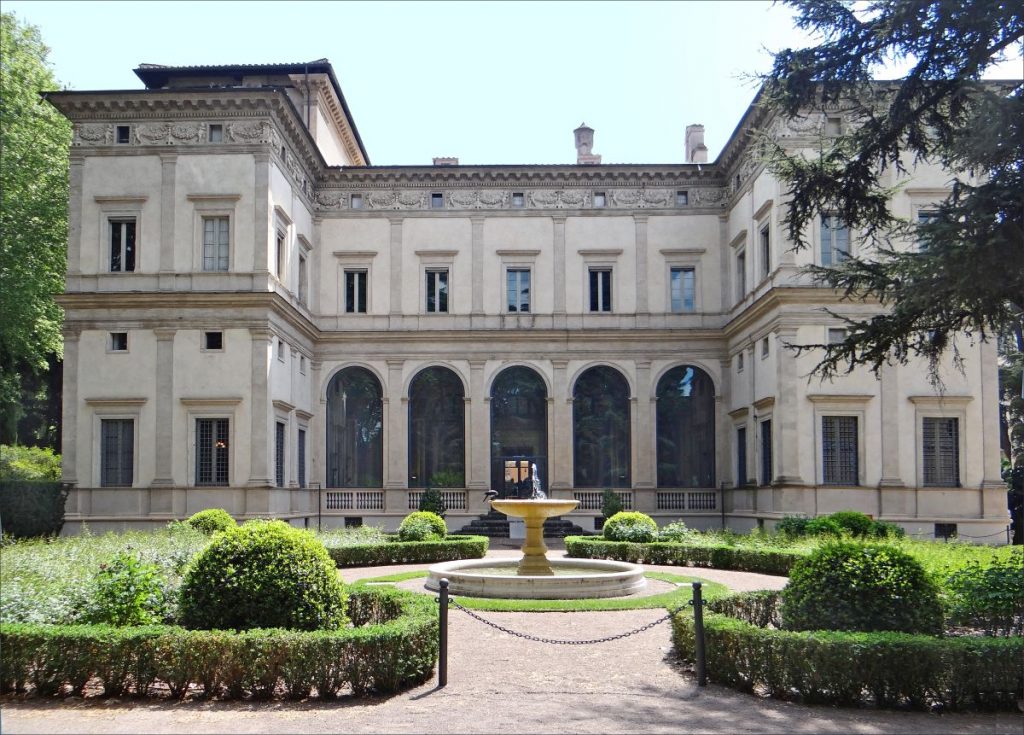
If you’re intrigued and want to learn more about Trastevere—how could you not?—then sign up for a Trastevere Food Tour where expert guides not only take you on a deep dive into the history of this fascinating neighborhood but also introduce you to its delicious aperitivo culture.
